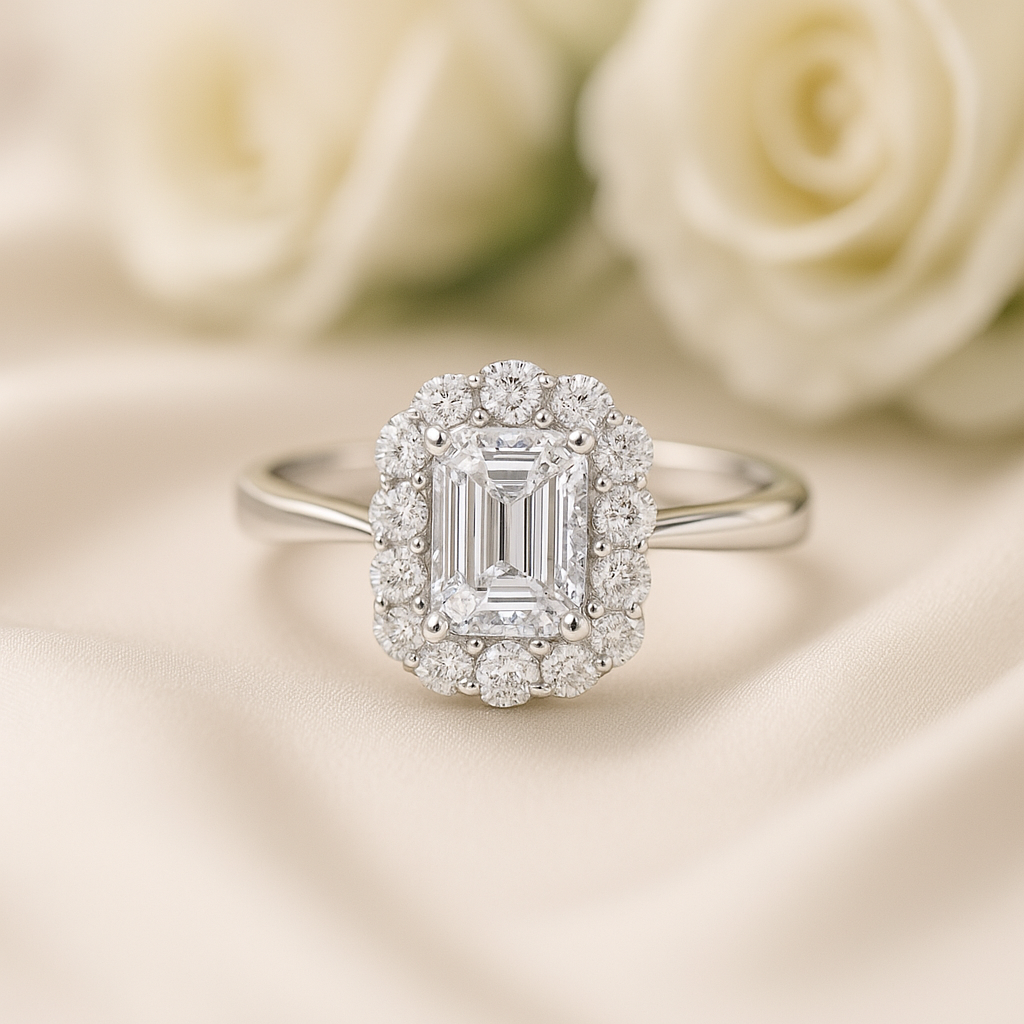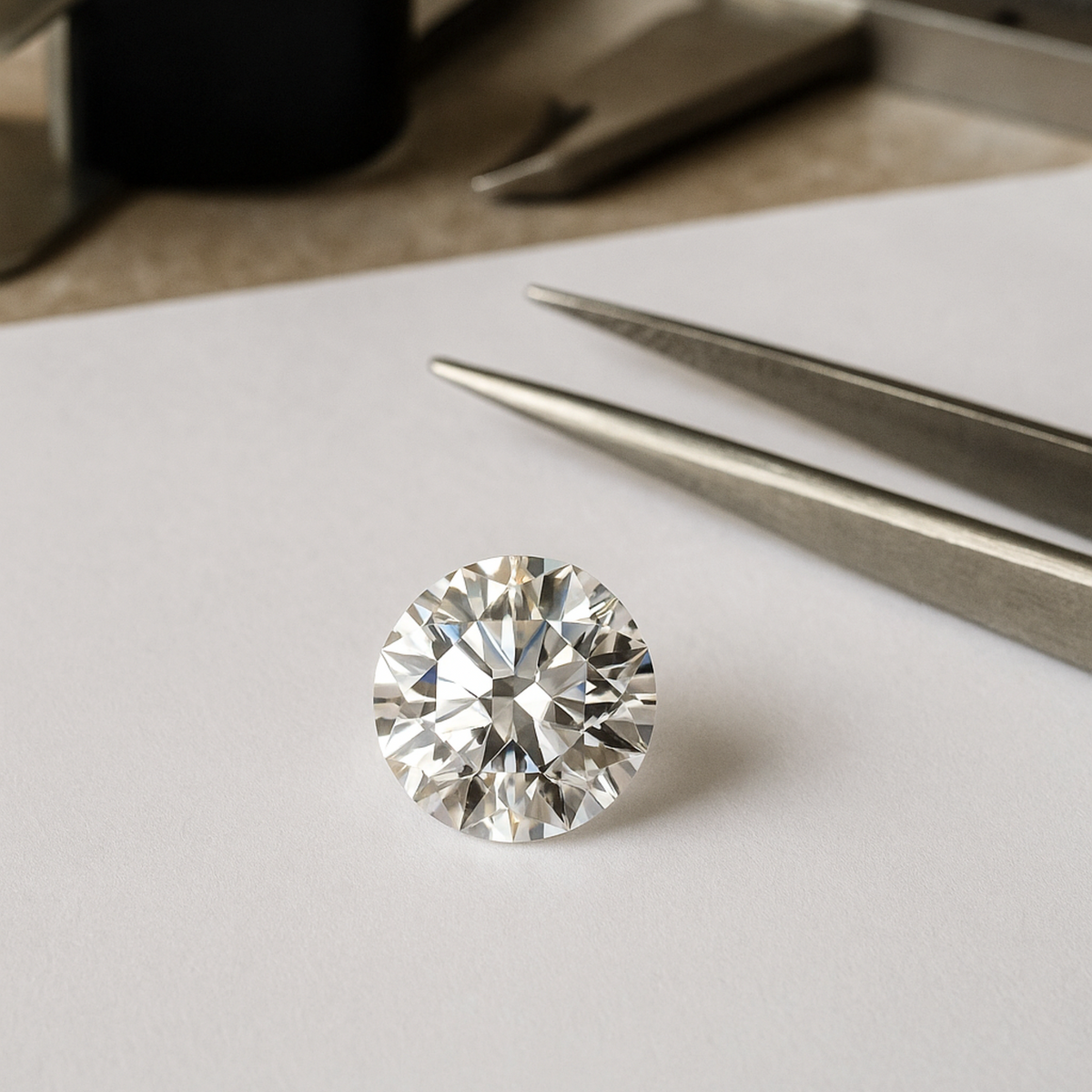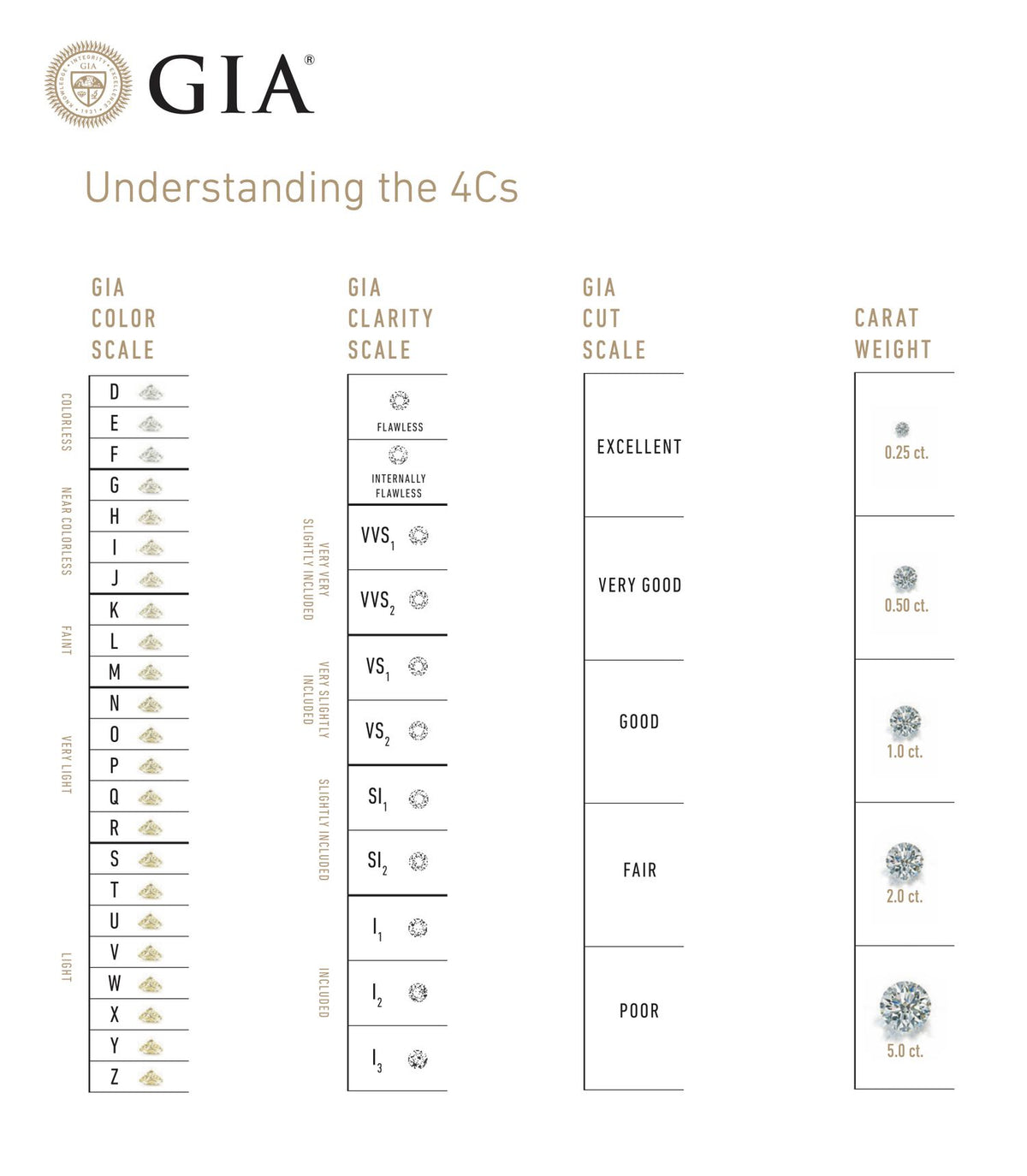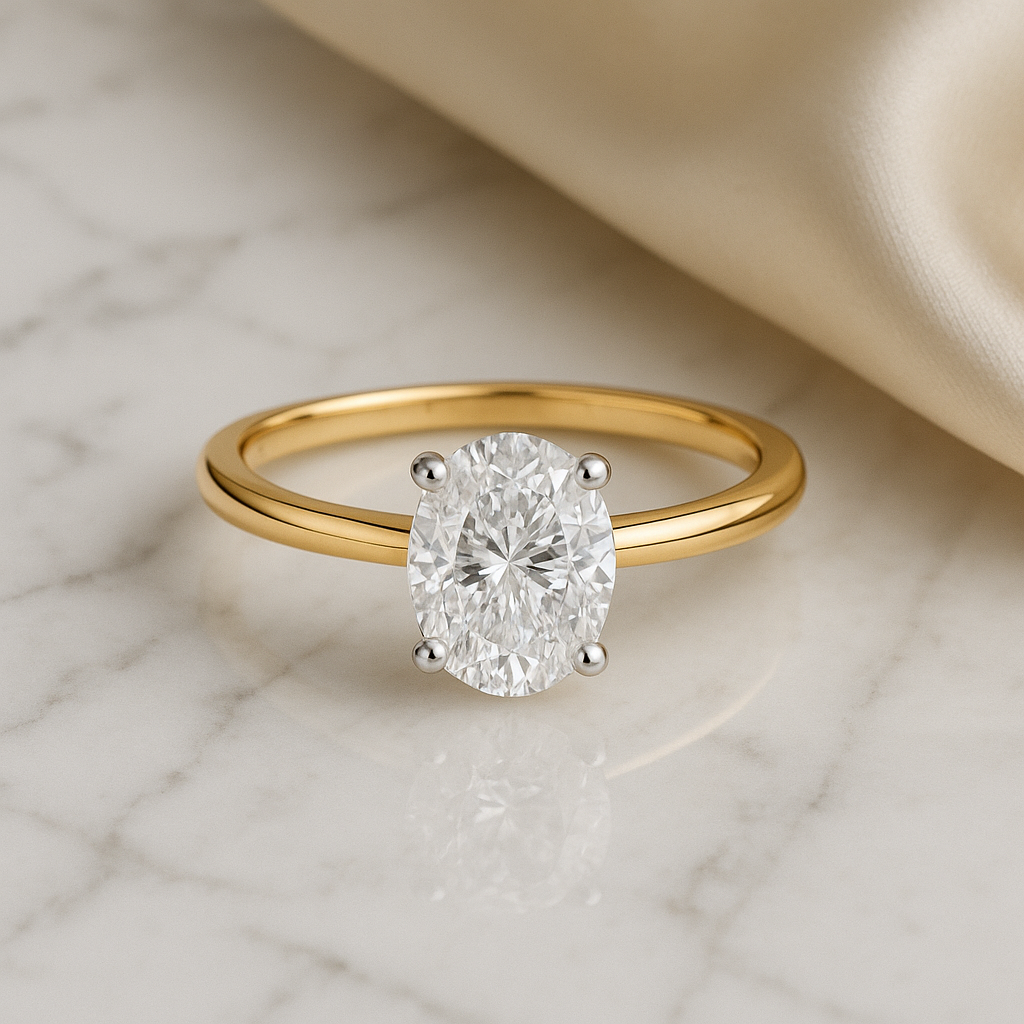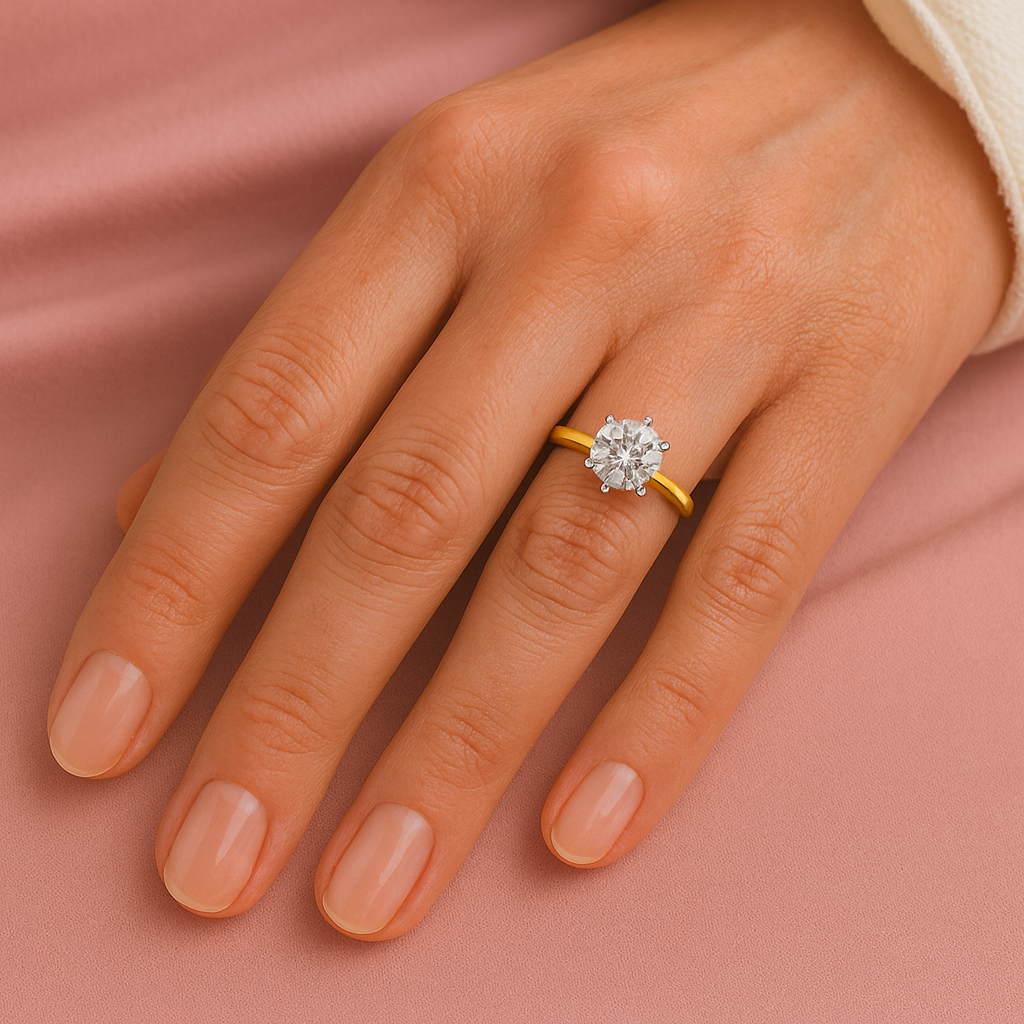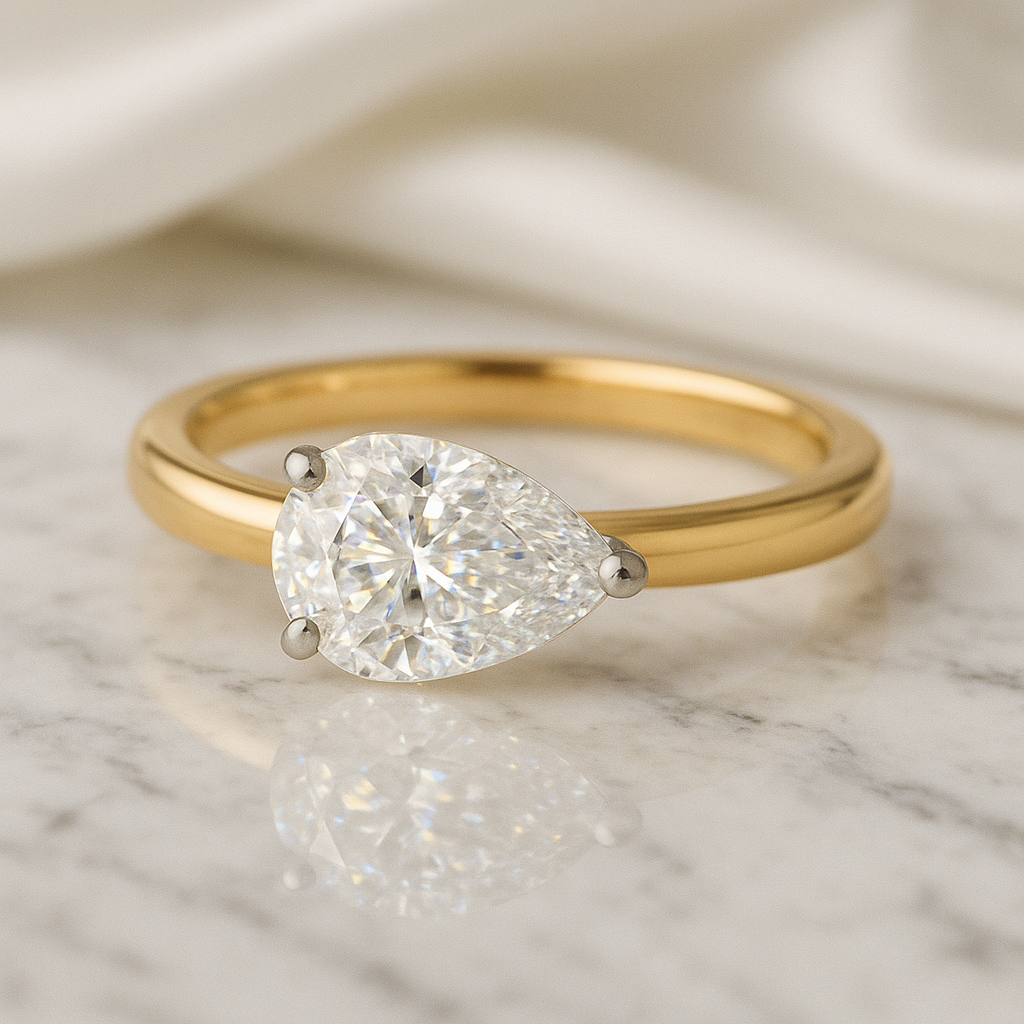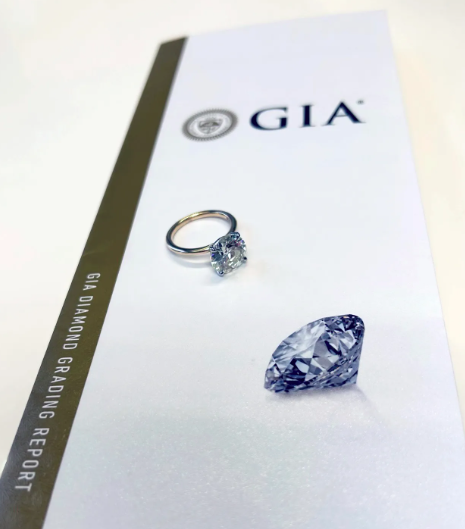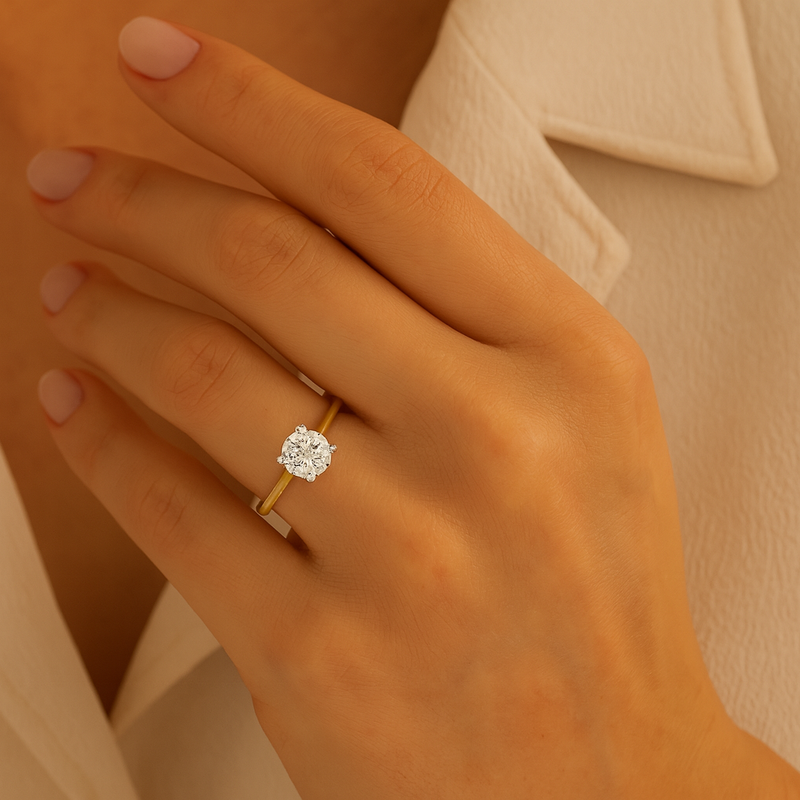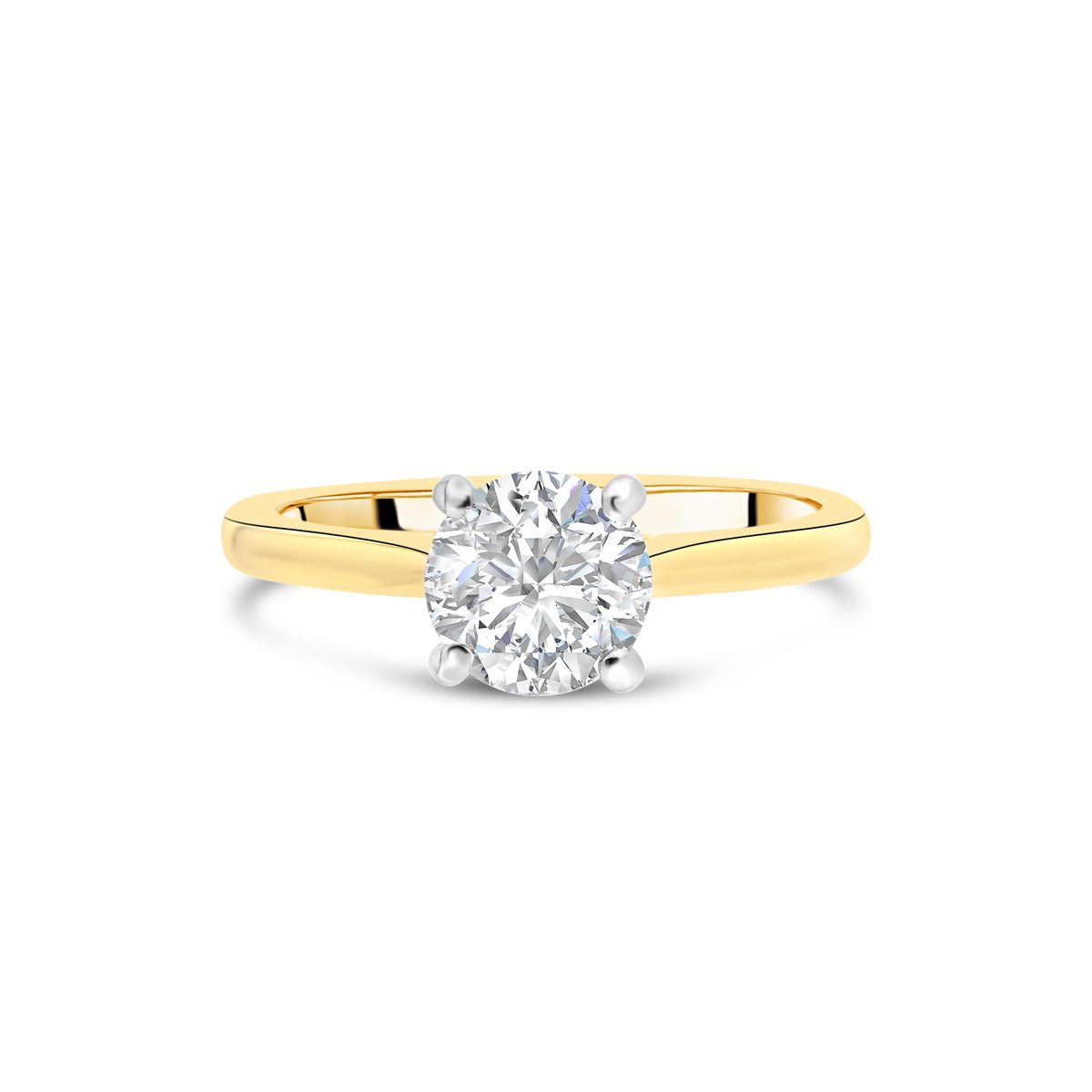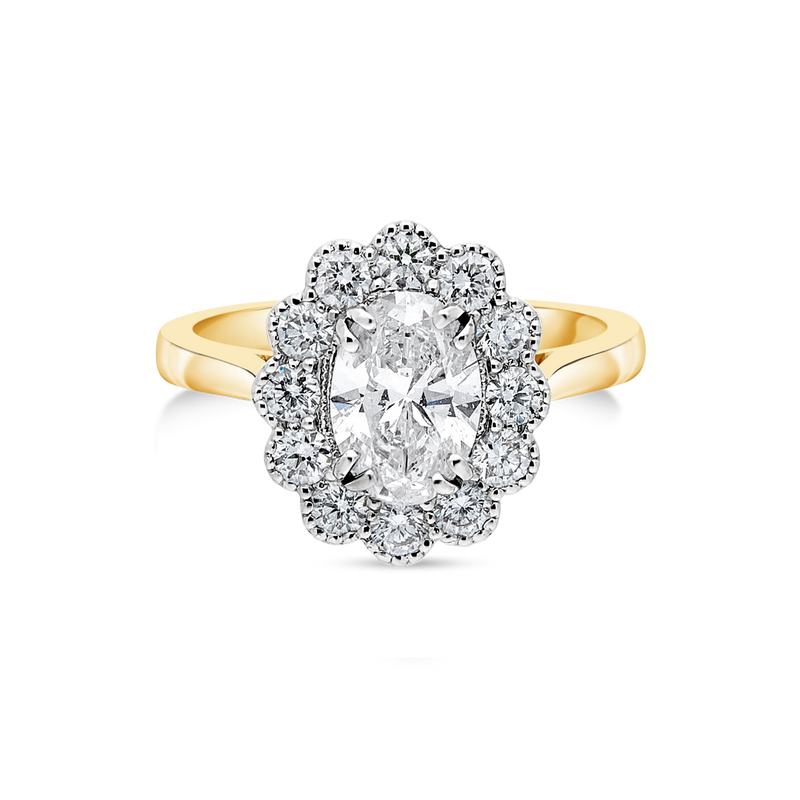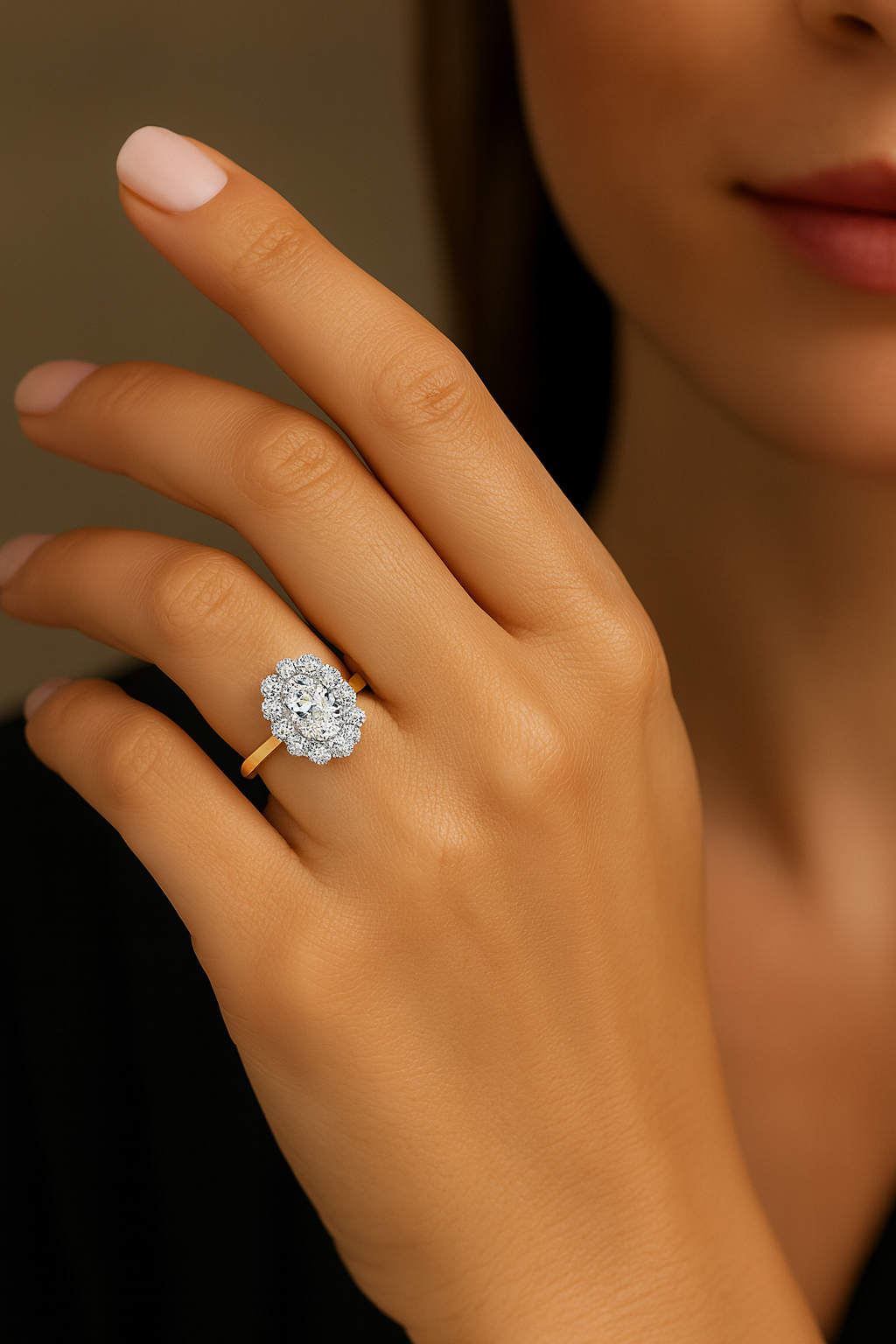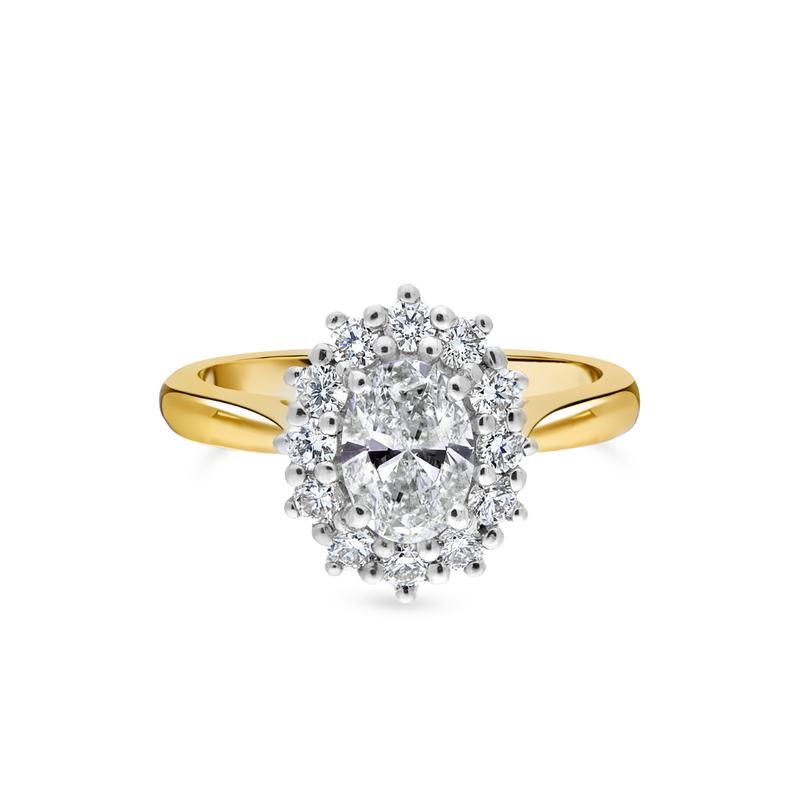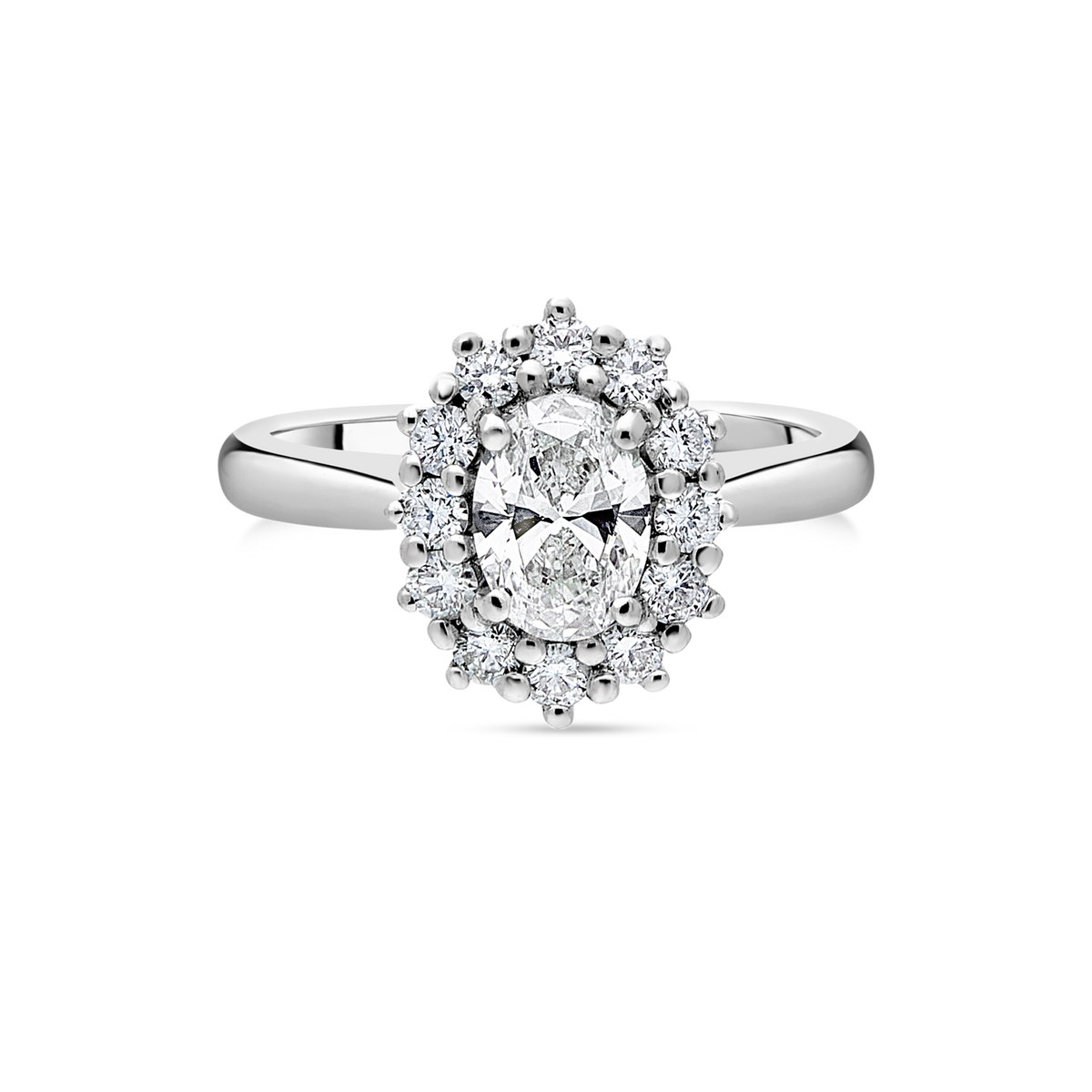Appleby jewellers offer lifetime aftercare, including complimentary cleaning and regular maintenance checks. This ensures your engagement ring remains as brilliant as the day it was purchased. We will resize your engagement ring complimentary on purchase.
The price of an engagement ring depends on the ‘4 Cs’ — clarity, cut, colour and carat. Each of these influences value in different ways, and it is a common misconception that the size of the diamond alone is the most important factor. For example, a two carat diamond with a lower clarity or cut grade may cost less than a one-carat diamond that is colourless with an excellent cut rating.
At Appleby, our highly experienced team take the time to explain these details and work with every budget and preference. Whether you are seeking a classic solitaire or a bespoke design, we ensure every customer leaves with the ring of their dreams — chosen with confidence and care.
We will size the ring for you professionally. If there are any issues with the ring size after proposal, we will happily resize it.
Since this is a jewelry piece you could wear for the rest of your life, it's important to take the proper precautions to ensure it can last for decades to come.
At Appleby, we provide a complimentary lifetime cleaning and inspection service with every diamond engagement ring purchased. This includes a close professional examination of the ring to check for any loose stones, followed by a careful polish to restore its shine. It’s part of our promise to ensure your ring remains as beautiful as the day it was placed on your finger.
Yes, it is important to have financial peace of mind if your engagement ring gets lost, stolen, or broken.
An engagement ring should be a timeless, classic symbol of your love that will last forever, so the goal should be to find a diamond that is the perfect match for your future fiancée. Trends can offer great inspiration, but authenticity is paramount. We give you plenty of time to try on various styles that suit your budget, and you will know which one feels right.
We always recommend 18ct gold and platinum. Both are precious, durable metals designed to last a lifetime. Platinum is naturally white and exceptionally strong, hypoallergic and that resists wear and retains its colour without the need for re-plating. 18ct gold and blush rose gold offers a rich, luxurious look with excellent durability. Its higher gold content gives a warm tone and a timeless appeal.
Yes, Applebys have a state-of-the-art laser engraving machine and we are always happy to engrave your ring.
While diamonds are classic, some people love colored gemstones like sapphires and rubies. These add personality and can make the ring truly unique. Always inquire about the durability and care of alternative stones.
The Round Brilliant Cut diamond sparkles the most — it’s designed with 58 perfectly angled facets that maximise light reflection and create that unmistakable fire and brilliance.
Other shapes, such as Oval, Cushion, and Radiant, also offer exceptional sparkle while giving a more distinctive, modern look.
At Appleby Jewellers, our gemologists hand-select only the highest-grade diamonds for every shape, ensuring a dazzling sparkle in any light.
Aim to start looking for your wedding rings about 3-6 months before your big day. This way, you have enough time to explore different wedding ring styles, consider custom designs, and make any necessary adjustments.

